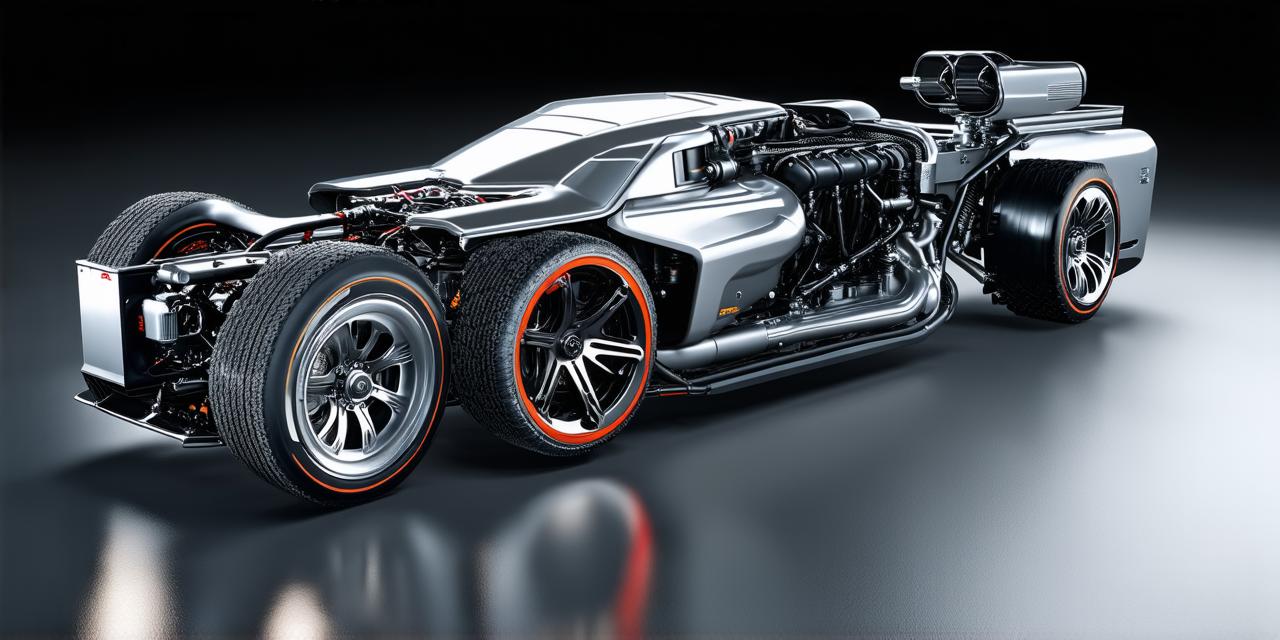In the rapidly evolving world of automotive engineering, virtual powertrain development is becoming the norm. This innovative approach not only streamlines the process but also significantly boosts efficiency by reducing the need for physical prototypes. Let’s delve deeper into how top players in the industry are leveraging this technology to stay ahead and explore various aspects that make it a game-changer.
The Power of Virtualization
Virtual powertrain development uses digital simulations to replicate real-world scenarios, thereby reducing the need for physical prototypes. For instance, Volvo Cars reported a 30% reduction in time-to-market by adopting this method. This means that new models can reach consumers faster, keeping pace with market demands and technological advancements.
Simulation vs Reality: Bridging the Gap
While simulations are an excellent tool, they aren’t perfect. The challenge lies in ensuring that the virtual world accurately reflects the real one. Tesla’s infamous Autopilot bug in 2016 underscores this point. However, continuous research and experiments are bridging this gap, making virtual powertrain development more reliable. As a result, developers can confidently predict the performance of their designs before they hit the road.
The Role of AI and Machine Learning
Artificial Intelligence (AI) and Machine Learning (ML) are playing pivotal roles in optimizing these simulations. By learning from past data, they can predict future performance, helping developers make informed decisions. For example, BMW’s use of AI in its powertrain development has resulted in a 15% improvement in fuel efficiency. This means that vehicles can travel further on less fuel, reducing operational costs and environmental impact.
The Human Touch
Despite the rise of AI, human expertise remains crucial. Engineers must interpret the data generated by these simulations and make strategic decisions. A good example is Ferrari’s approach to virtual powertrain development, where human intuition complements AI-driven insights. This symbiotic relationship ensures that the creative vision of engineers is not lost in the pursuit of efficiency.
The Future: Virtual Development in a Connected World
As we move towards a more connected world, the potential of virtual powertrain development grows exponentially. Real-time data from vehicles can be used to refine simulations, creating a feedback loop that continually improves efficiency. This is the future of automotive engineering, where virtual and physical worlds merge seamlessly, enabling real-time optimization and continuous improvement.
FAQs
What is virtual powertrain development?
Virtual powertrain development is the use of digital simulations to design and test powertrains without the need for physical prototypes.
Why is virtual powertrain development important?
It reduces time-to-market, improves efficiency, and makes the development process more cost-effective.
How does AI and ML help in virtual powertrain development?

AI and ML can predict future performance based on past data, helping developers make informed decisions about design and optimization.
In Summary
The future of automotive engineering lies in the seamless integration of virtual and physical worlds. By optimizing virtual powertrain development, we can create more efficient, sustainable, and innovative vehicles for tomorrow that cater to the evolving needs of consumers and the environment. This fusion of technology and human ingenuity will drive the automotive industry forward, pushing boundaries and redefining what’s possible in vehicle design and performance.
